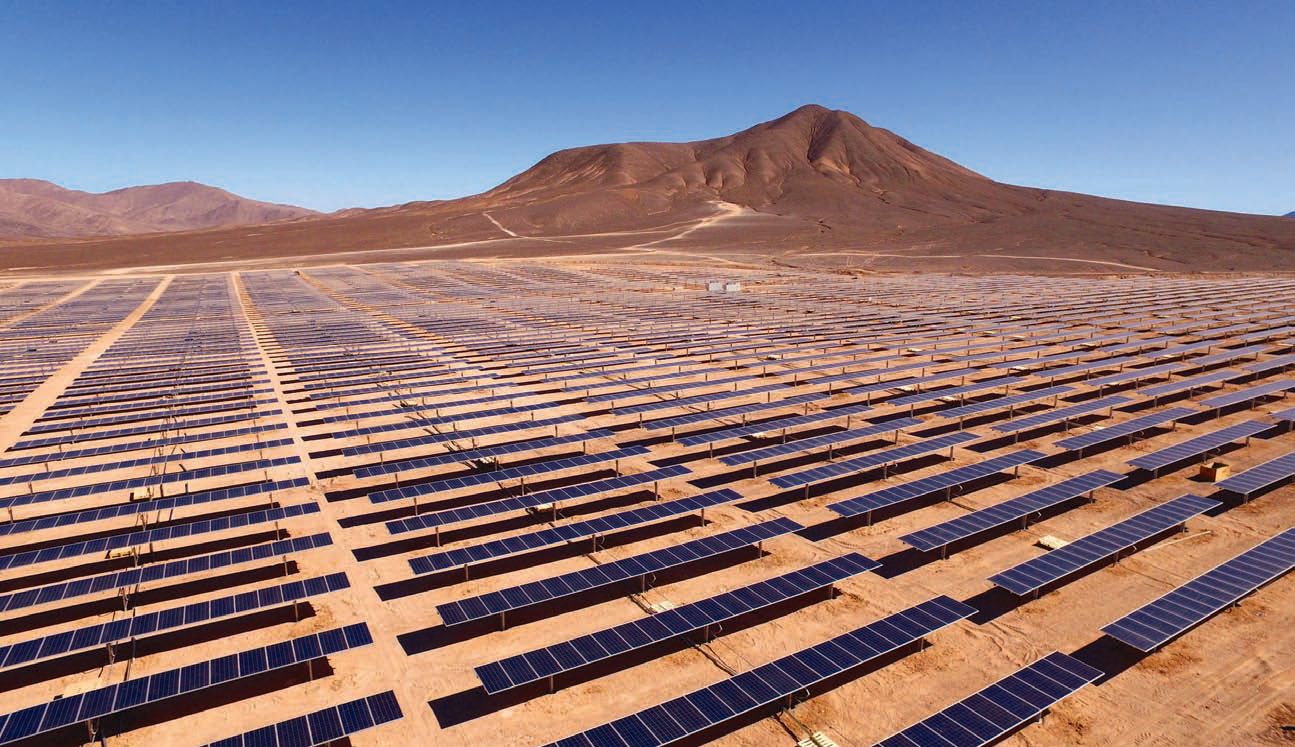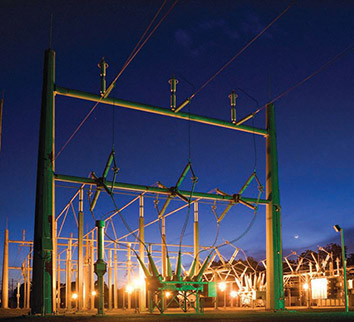Jake Anderson March 2, 2019

We at Anderson Optimization are continuing our partnered series with ASES in which we examine the implications of an electricity grid based predominantly on renewable energy. In our last article, “Overcoming Renewable Challenges,” in the Summer 2018 issue of Solar Today, we outlined difficulties related to mass renewable integration. In this article, we discuss the growing prominence of energy storage and batteries and how these technologies can address some of these concerns.
Background
The non-dispatchable nature of renewable energy hinders widespread adoption due to economic and volatility issues driven by congestion and
Batteries provide a significant opportunity for the renewable energy industry. Other forms of energy storage such as pumped-hydro and thermal are already fairly prevalent for utility uses such as load balancing. However, these technologies are difficult to scale.
Pumped-storage and thermal facilities generally consist of massive industrial systems that are roughly the size of a traditional power plant. They also require, for example, large-scale water reservoirs, which aren’t feasible for a more distributed grid of the future. In contrast, batteries are
Batteries Reduce Renewable Integration Challenges
Traditional power systems address load fluctuations using peaker plants and their dispatch capabilities. Storage provides renewables with this functionality, which reduces the congestion and resource fluctuation concerns. Batteries can provide this for distributed and residential renewables, which traditional storage systems cannot due to their size.
Batteries allow renewable generation facilities to store energy when a resource is available and supply it to the grid later. This reduces congestion because operators are able to store energy when lines are at capacity and distribute it once supply and the associated congestion decrease.
In the past, power would immediately flow into the grid causing congestion in areas with an abundance of renewable generation. Without a way to manage this overflow, it simply hasn’t been possible to develop a 100% renewable grid. Even today, there is a long way to go before a fully renewable grid is an optimal solution, but we are beginning to see the technologies that will at least make such a grid viable. Batteries provide renewable sites flexibility in dispatching energy to the grid and allow operators control over congestion issues.
Batteries Reduce Renewable Volatility
Obviously, renewables rely upon proper weather conditions to generate power. In other words, solar farms don’t generate electricity at night and wind farms are only effective on windy days. Reliance
This allows renewables to provide more stable power flows into the grid as weather changes on sub-hourly time intervals due to clouds or other weather changes. It also allows for time-shifting of production and usage to address recurring fluctuations in supply and load for scenarios such as the “duck-curve.”
Ultimately, battery technology solves two of the main problems that fully renewable electricity grids face. Batteries reduce congestion and volatility from changing weather patterns by providing renewables with dispatch capabilities. This significantly enhances the stability of renewable energy and, in turn, makes a 100% renewable grid possible.

Batteries And Storage Still Aren’t Perfect
It’s easy to read this overview and think that utilities can simply build countless batteries and immediately move to a 100% renewable grid. While battery and storage technologies are promising, there are a still significant hurdles that the industry must address for mass integration to be feasible.
- Cost: Batteries are still expensive. There are many instances where they are financially viable, but this is not always the case.
- Supply: Battery manufacturing is improving but there still isn’t enough capacity to support mass grid adoption.
- Planning & Modeling: Since energy storage and batteries are still fairly new, developers are still determining best practices to optimize the size, placement, and grid impact.
- Dispatch Schedules: Aside from modeling batteries, it is still difficult to determine ideal battery operation and dispatch strategies.
Moving Forward
As renewable generation reaches a fairly mature state, storage and batteries are experiencing rapid, growth given their ability to address some of the associated drawbacks. Despite this, large-scale thermal and hydro storage are difficult to scale, and batteries are still not fully viable at scale. In our next article, we will take a deeper look at these challenges and discuss how the industry is addressing them to continue the growth of a renewable grid.
About Anderson Optimization
Anderson Optimization develops renewable siting as well as power system modeling and optimization software. Their solutions help developers, utilities and other organizations in the energy industry identify locations for sites as well as perform cutting edge site and grid modeling simulations faster and with better accuracy than traditional tools. To learn more, visit www. andersonoptimization.com
If you have questions or comments throughout the series, feel free to reach out to Jake Anderson (jake@andersonopt.com), and we will work to incorporate your ideas into the series.




